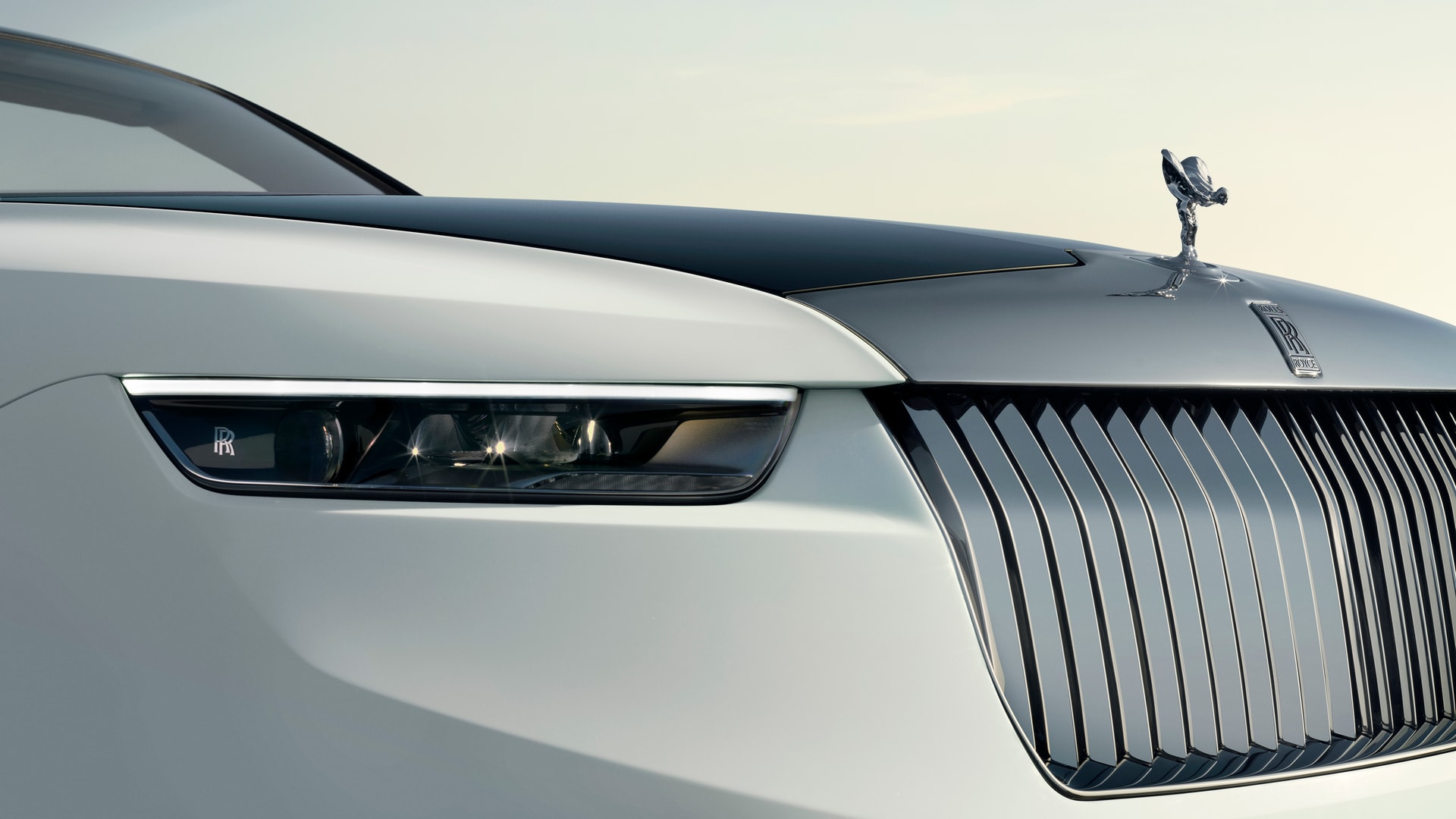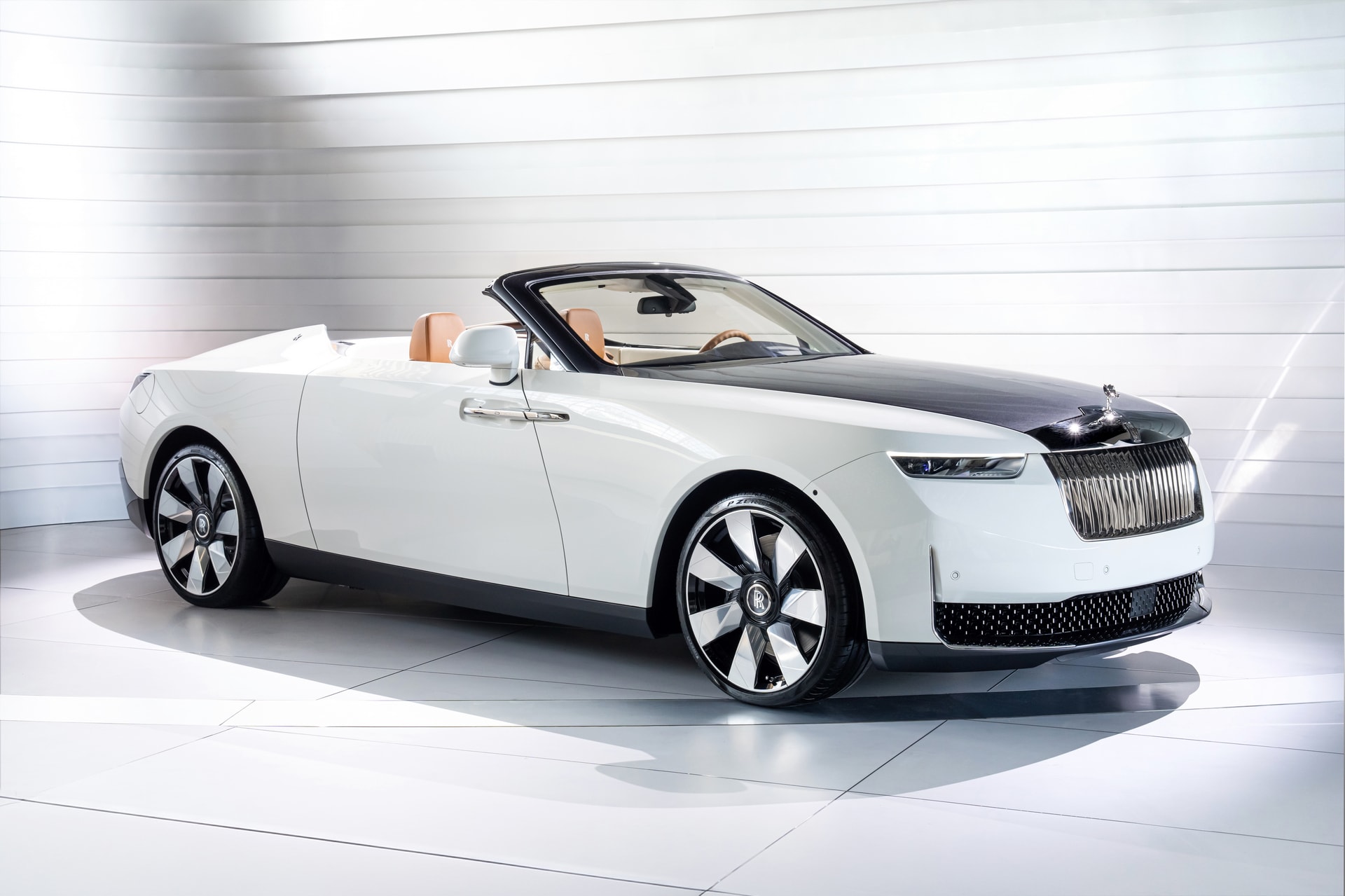As the motorcycle world congregated in Daytona Beach for a week-long celebration, Rolls-Royce made waves in Singapore with the unveiling of a truly unique automotive marvel: the Arcadia Droptail.
Rolls-Royce needs no introduction in the automotive sphere. Established in 1903, the brand is synonymous with luxury, boasting an illustrious lineup featuring iconic models like the Phantom, Spectre, Ghost, and Cullinan.

However, within the realm of luxury, there exist tiers, and the Arcadia Droptail epitomizes the pinnacle of distinction. Dubbed by the company as “the first roadster body style in Rolls-Royce’s modern history,” it transcends mere vehicular status to embody a profound statement of extravagance.
This distinction traces back to an Austrian political figure with a passion for motor vehicles, coupled with a shrewd business sense and a daughter. Their intersection with an affluent British publisher and nobleman laid the foundation for the birth of the Mercedes brand.
This heritage intertwines with the ingenuity of German engineers Gottlieb Daimler and Wilhelm Maybach, founders of Daimler Motoren Gesellschaft (DMG) in 1890.
The genesis of the Mercedes marque unfolds with the birth of Mercédès Adrienne Ramona Manuela Jellinek, daughter of Emil Jellinek, a prominent diplomat.
By 1894, the Jellinek family had relocated to Nice on the French Riviera, where Emil Jellinek, appointed Consul General for the Austrian Empire, pursued his true passion in the automotive business.
In 1896, Emil Jellinek was introduced to a new motorcar produced by DMG and subsequently visited the factory in Stuttgart to meet the two pioneering entrepreneurs. Two years later, he became the official DMG agent on the French Riviera—a pivotal moment, as the region was then one of the largest car markets globally, second only to Paris.
However, Jellinek was dissatisfied with both the cars’ styling and their overtly Germanic name, given the prevalent Franco-German tensions following the war between the two nations in the early 1870s.
Instead, he opted to market the cars under his daughter’s name, Mercedes, which translates to “mercies” in Spanish. Furthermore, Jellinek requested that DMG manufacture a vehicle according to his specifications.
Daimler obliged, and this decision proved transformative for the company: the new cars boasted stylish design, robust construction, and unparalleled reliability.
In 1901, the Mercedes 35 HP model clinched victories in several prestigious automobile races, cementing the name’s legacy. Consequently, in 1902, DMG trademarked the Mercedes name for all its future automobiles.

